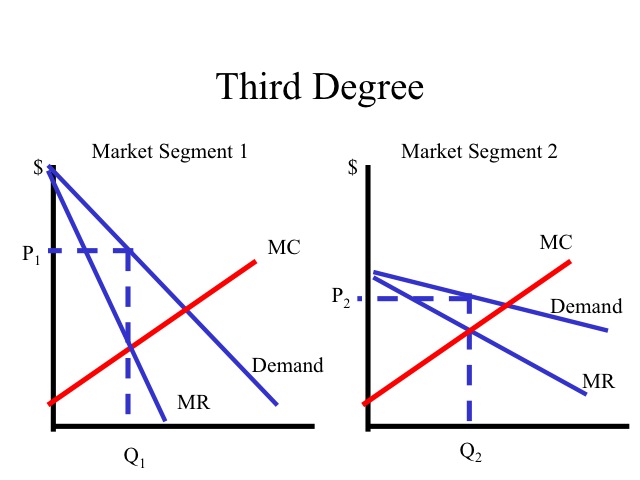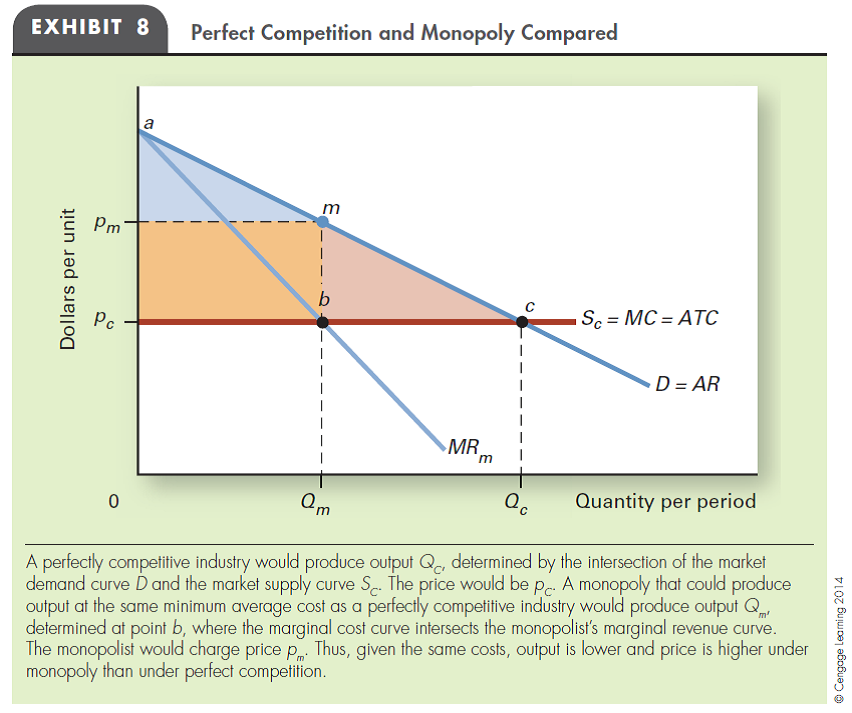

“Economists love nothing better than when deep and liquid markets operate under conditions of perfect information,” says Jessica Irvine, National Economics Editor for News Corp Australia. How many of you chose a university without checking out its Facebook page or Twitter stream first for information and feedback?Īs you will see in this course, what happens in economics is affected by how well and how fast information disseminates through a society, such as how quickly information travels through Facebook. Outlets like Facebook and Twitter are altering the process by which we make choices, how we spend our time, which movies we see, which products we buy, and more. Now we have another avenue in which to gather information-social media. Despite the lack of perfect information, we still make hundreds of decisions a day. Economists call this “imperfect” because we rarely have all the data we need to make perfect decisions.

To post or not to post? Every day we are faced with a myriad of decisions, from what to have for breakfast, to which route to take to class, to the more complex-“Should I double major and add possibly another semester of study to my education?” Our response to these choices depends on the information we have available at any given moment. Textbook content produced by OpenStax is licensed under a Creative Commons Attribution License. Greenlaw, David Shapiroīook title: Principles of Microeconomics 2e Use the information below to generate a citation. Then you must include on every digital page view the following attribution: If you are redistributing all or part of this book in a digital format,

Then you must include on every physical page the following attribution: If you are redistributing all or part of this book in a print format, Want to cite, share, or modify this book? This book uses the The discussion here begins by examining how demand and supply determine the price and the quantity sold in markets for goods and services, and how changes in demand and supply lead to changes in prices and quantities. This chapter introduces the economic model of demand and supply-one of the most powerful models in all of economics. Other factors were at work during those 18 months, such as increases in supply and decreases in the demand for crude oil. The likely reason is that people drive more in the summer, and are also willing to pay more for gas, but that does not explain how steeply gas prices fell. Over recent decades, gasoline prices in midsummer have averaged about 10 cents per gallon more than their midwinter low. Why was the average price of gasoline in the United States $3.71 per gallon in June 2014? Why did the price for gasoline fall sharply to $1.96 per gallon by January 2016? To explain these price movements, economists focus on the determinants of what gasoline buyers are willing to pay and what gasoline sellers are willing to accept.Īs it turns out, the price of gasoline in June of any given year is nearly always higher than the price in January of that same year. Consider a price most of us contend with weekly: that of a gallon of gas. When economists talk about prices, they are less interested in making judgments than in gaining a practical understanding of what determines prices and why prices change. These examples represent an interesting facet of demand and supply. Visit this website to read a list of bizarre items that have been purchased for their ties to celebrities.

People usually react to purchases like these in two ways: their jaw drops because they think these are high prices to pay for such goods or they think these are rare, desirable items and the amount paid seems right. A collector spends a small fortune for a few drawings by John Lennon. If many organic foods are locally grown, would they not take less time to get to market and therefore be cheaper? What are the forces that keep those prices from coming down? Turns out those forces have quite a bit to do with this chapter’s topic: demand and supply.Īn auction bidder pays thousands of dollars for a dress Whitney Houston wore. In short, organic is part of the mainstream.Įver wonder why organic food costs more than conventional food? Why, say, does an organic Fuji apple cost $1.99 a pound, while its conventional counterpart costs $1.49 a pound? The same price relationship is true for just about every organic product on the market. Now it is available in most grocery stores. At one time, consumers had to go to specialty stores or farmers' markets to find organic produce. Organic food is increasingly popular, not just in the United States, but worldwide.


 0 kommentar(er)
0 kommentar(er)
